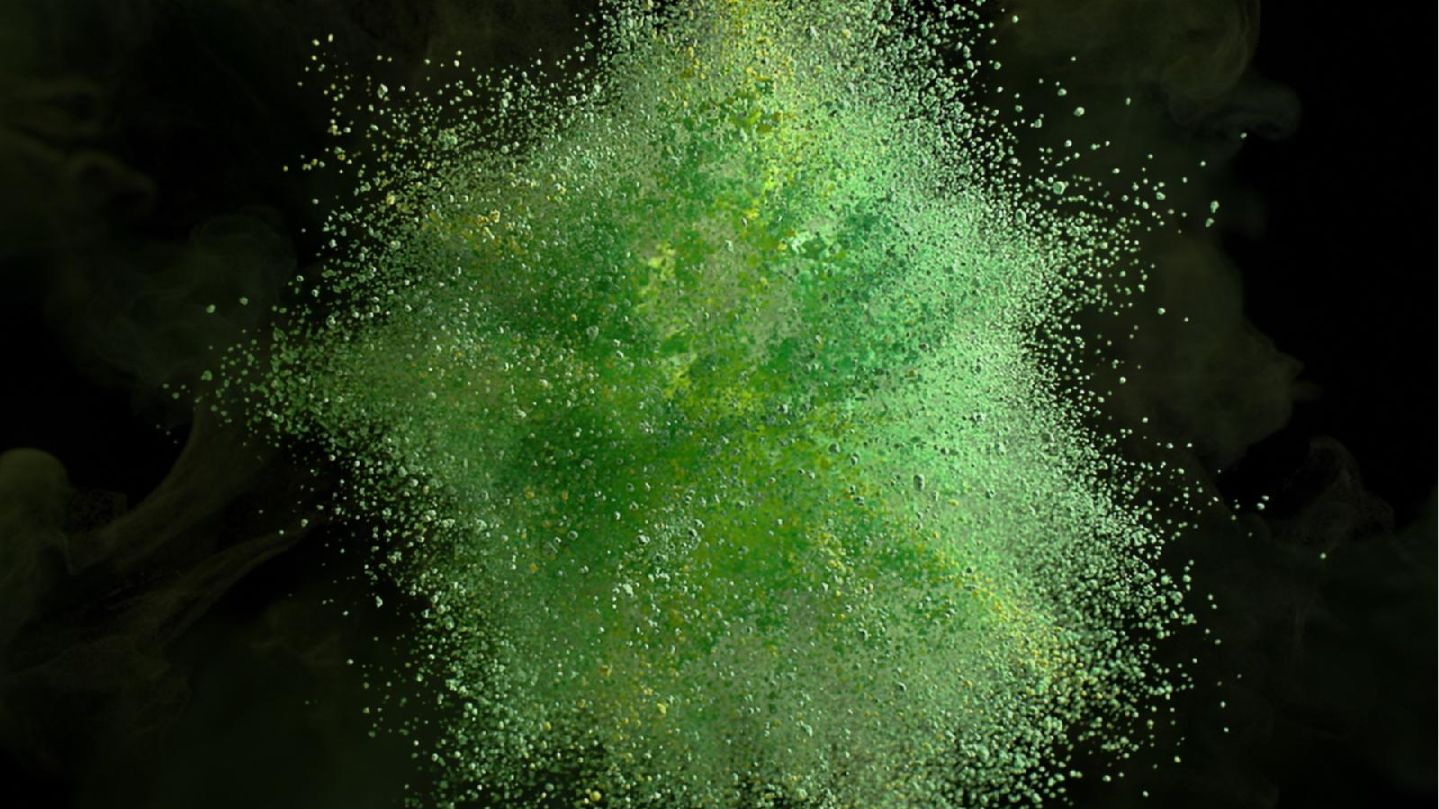
Three quarters of the world's crops depend on pollinators like honeybees, according to the UN Food and Agriculture Organization. They are critical to our food security.

Honeybees pollinate about 130 types of fruits, vegetables and nuts. According to the USDA, they are the primary commercial pollinators in the US.

Honeybees are extremely efficient pollinators, according to Samuel Ramsey, professor of entomology at UC Boulder's Bio Frontiers Institute. They have "flower fidelity" -- only pollinating one kind of a flower on each trip outside the hive -- which maximizes pollination and crop yield, he says.

The USDA estimates that honeybees pollinate $15 billion worth of crops every year in the US alone, and says they are particularly important in the pollination of almonds, avocados and apples.

Honeybees produce six hive products: honey, pollen, royal jelly, beeswax, propolis, and venom.

Ramsey says one hive can contain 20,000 to 60,000 bees that work together to build, protect and care for a colony.

Bees are experiencing what Ramsey calls a "pollinator pandemic," and have been experiencing high loss since 1987, when Varroa mites were first discovered in North America.

"Every single year we lose between 33% and 51% of our honeybee population (in the US)," says Ramsey.

"Honeybee declines are the result of the three P's: parasites, pesticides and poor nutrition," Ramsey tells CNN. Of the three, he says that parasites -- like the Varroa destructor, pictured here -- are the biggest problem.

Naturally-occurring miticides like thymol, oxalic acid and formic acid, as well as harsher synthetic aides, are among some of the current treatments to get rid of varroa mites.




